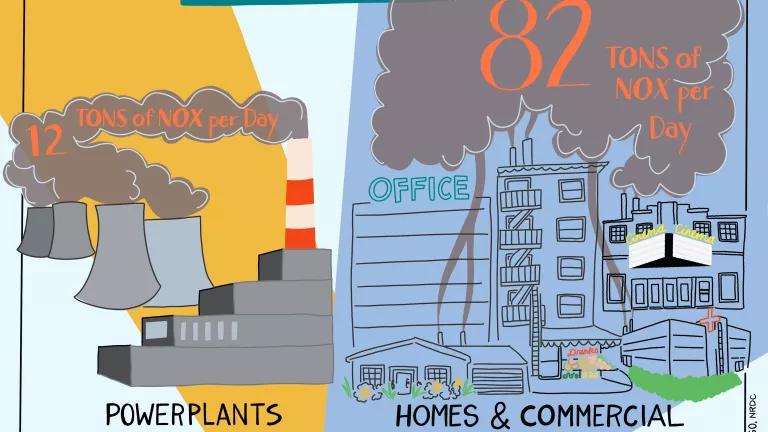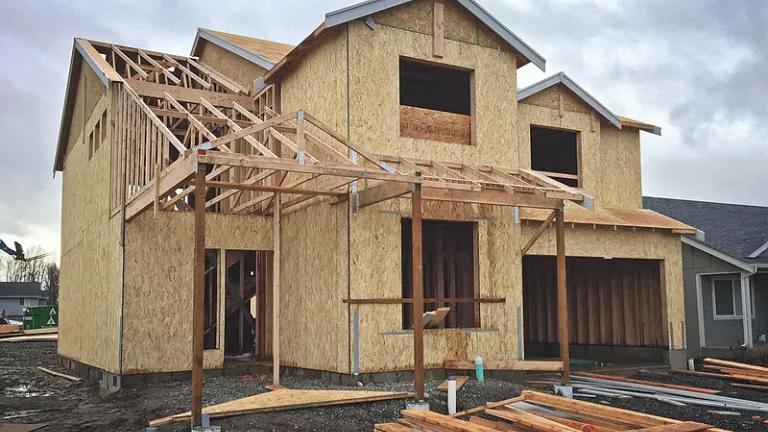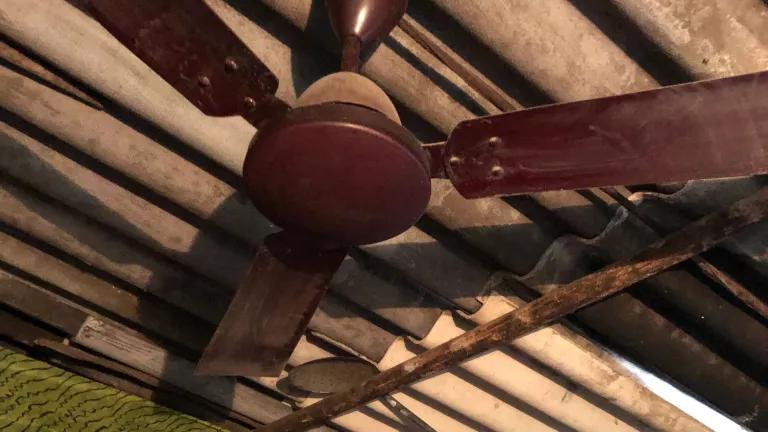Gas Appliances Pollute Indoor and Outdoor Air, Study Shows

Jessica Russo, NRDC
Updated May 11, 2020: The potential link between PM2.5 and COVID-19 death rate was updated.
Updated May 5, 2020: A Rocky Mountain Institute report, published today in collaboration with Physicians for Social Responsibility and others, underscores the UCLA modeling that cooking on gas can spike emissions of nitrogen dioxide and carbon monoxide to levels that would violate outdoor pollutant standards. The RMI report synthesizes two decades of health research, highlights key findings, and provides recommendations.
New research on gas-fueled home appliances and their effect on air quality offers possibly the strongest case yet for moving from gas to clean electricity in buildings. The study from UCLA's Fielding School of Public Health for the Sierra Club finds replacing gas with electric appliances in California homes would prevent about 350 premature deaths each year and produce $3.5 billion in annual health benefits from cleaner air. While the study focused on California, indoor and outdoor air pollution from gas appliances can be expected everywhere.
The health risks from gas use in California are widespread, with more than 90 percent of households relying on it for at least one purpose such as heating, hot water, or drying clothes, and almost 70 percent for cooking. As a result, more gas is burned in California’s buildings than in all the state’s power plants. The UCLA study catalogs a range of pollutants from gas appliances that worsen both indoor and outdoor air quality: carbon monoxide, nitrogen oxides, formaldehyde, and the fine particulate matter known as PM2.5.
The findings are especially important now that preliminary study results suggest even a small increase in long-term exposure to PM2.5 air pollution may be linked to higher death rates from COVID-19. This danger is disproportionately high in low-income communities already saddled with the health consequences of toxic air. These same neighborhoods tend to grapple with smaller, overcrowded spaces, poor ventilation, and older or poorly maintained appliances, making burning gas indoors even more hazardous.
Among appliances, gas cooktops and ovens affect indoor air quality the most, the study found, while outdoor air quality is most impacted by gas-fueled furnaces and water heaters that vent combustion gases to the outside. Cooking with gas leads to kitchen concentrations of nitrogen oxides—respiratory irritants implicated in asthma and other illnesses—that exceed national and state limits for outdoor air quality in more than 90 percent of modeled scenarios. At the same time, carbon monoxide levels approach illegal thresholds or, if you're cooking in an apartment, can fail the California standard. Carbon monoxide causes headache, dizziness, and nausea in low to moderate concentrations, and loss of consciousness and death at higher concentrations.
Across the state, residential gas appliances were responsible for approximately 12,000 tons of carbon monoxide and 15,900 tons of nitrogen oxides in California in 2018.
Heating devices and water heaters also pose a danger indoors when their toxic gases are drafted into the home, instead of being vented outdoors. This can happen when other ventilation fans are operating, such as a kitchen range hood or bathroom exhaust fan, reducing indoor air pressure, which can cause toxic gases to be sucked into the living space instead of being vented outside. Such backdrafting can lead to levels of carbon monoxide and nitrogen oxides that, again, exceed California's legal limits.
It has long been clear that fossil fuel use in homes and businesses represents a serious climate liability as states seek to cut greenhouse gas emissions. Electric heat pumps installed today will cut climate pollution over the next 10 years, even in states where the power grid is still powered mostly by fossil fuels, because they are three to five times more efficient than gas alternatives.
Solutions for healthier homes and cleaner air
As the evidence related to immediate public health issues mounts as well, at least 30 California cities are enacting policies designed to make buildings cleaner and more efficient. And earlier this year, California dedicated nearly $45 million to promote renewable-friendly electric heat pump water heaters.
Long-term, the UCLA study authors recommend converting buildings to using highly-efficient and pollution-free induction cooktops and heat pumps. In the meantime, people with gas cooktops should be sure to use range hoods when cooking (the hoods make a difference, yet only 35 percent of California households use them), ensure adequate ventilation and appliance maintenance, and replace gas appliances with highly efficient electric ones at burn-out.
Renters, and even owners with a relatively new cooktop that isn’t ready for replacement, can opt for counter-top induction burners that plug in to any outlet. These offer an affordable alternative (many below $100) for the majority of cooking needs, while slashing indoor air pollution.

Induction cooktops are not new, in fact they are already the norm in Japan and Europe, comprising more than 54 percent of stoves sold in western Europe in 2016.
Financial incentives from your utility for clean electric equipment can accelerate the transition toward healthier buildings. These incentives should be designed to ensure those most vulnerable to air pollution—children, the elderly, people of color, and low-income and environmental justice communities—are prioritized.
To make sure that all Californians, including those living in disadvantaged communities, benefit from the improved health outcomes of clean electric appliances, it is important that we think of renters first. Putting renters first is challenging because the decision to electrify is out of their control and is up to the property owner. And renters often rightly fear that an upgrade will cause their landlords to increase the rent or to evict them in order to rent the property to more affluent tenants. California’s building decarbonization policies require dynamic solutions that do not result in increased costs for low-income Californians and ensure that rent for upgraded properties remains at a price affordable to low-income residents.
We have the technology today to leave polluting appliances behind and swap in efficient appliances powered by increasingly clean sources of electricity such as wind and solar. In California, the electric grid is ready for this transition, and a majority of the state's voters want it. Meanwhile, the current pandemic has turned even more attention toward the importance of our homes being healthy, safe, and affordable. As the new study shows, moving away from burning gas inside them would be a positive step in that direction.


